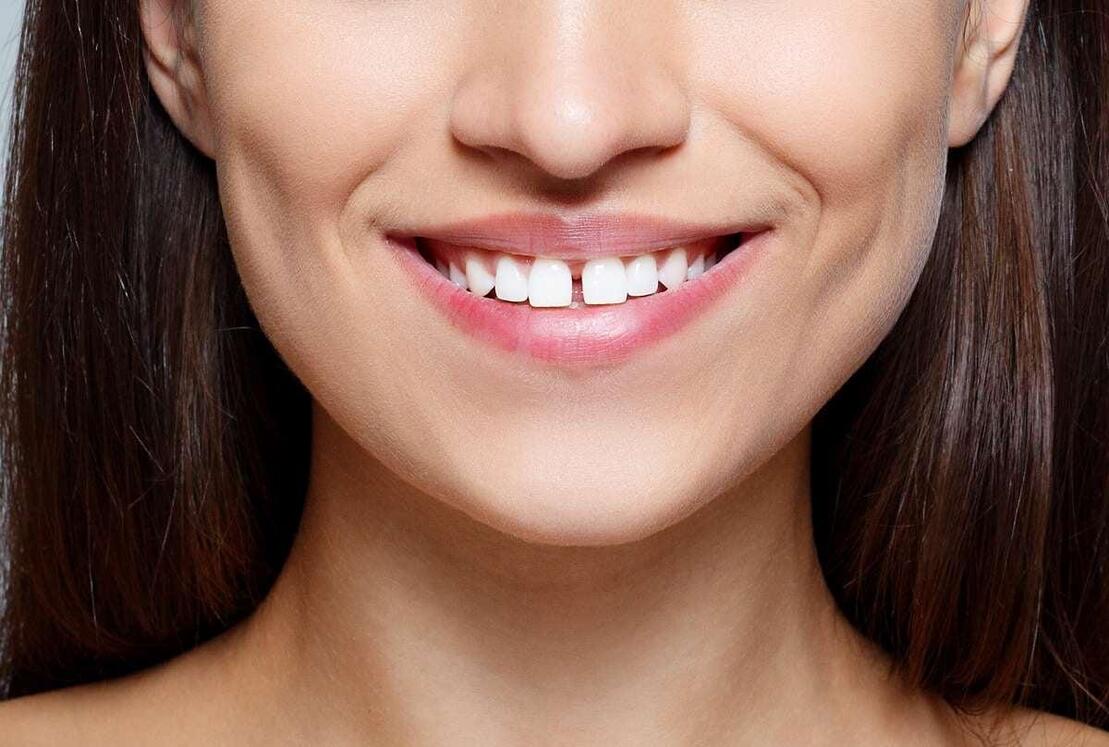Missing teeth can be more than a cosmetic issue—they can impact how you chew, speak, and even how you feel about yourself. Gaps in your smile may make you self-conscious or hesitant to laugh and interact freely. But thanks to modern restorative dentistry, a beautiful and functional smile is within reach. One of the most effective solutions? Dental bridges.
In this blog, we explore how dental bridges can transform gaps into grins—restoring not only your teeth but also your confidence.
What Is a Dental Bridge?
A dental bridge is a fixed dental restoration used to replace one or more missing teeth by literally "bridging the gap" between remaining natural teeth. The artificial tooth (called a pontic) is held in place by abutment teeth on either side of the gap. These abutment teeth are typically fitted with crowns to support the bridge.
Dental bridges are custom-designed to match your natural teeth in shape, size, and color, resulting in a seamless, natural-looking smile.
Types of Dental Bridges

There are several types of dental bridges, each suited to different dental needs:
- Traditional Bridge
The most common type, involving crowns placed on adjacent natural teeth to support the false tooth in between. - Cantilever Bridge
Used when there’s only one adjacent tooth available for support. - Maryland Bridge
A more conservative option that uses a metal or porcelain framework bonded to the backs of adjacent teeth, without the need for crowns. - Implant-Supported Bridge
Instead of being supported by natural teeth, this type is anchored to dental implants. It’s ideal for replacing multiple missing teeth and offers superior stability.
Why Dental Bridges Are More Than Just Cosmetic
Replacing missing teeth with a dental bridge offers several functional and health-related benefits:
- Restored Chewing and Speaking: Missing teeth can make it difficult to eat certain foods or pronounce words clearly. A bridge restores normal function.
- Preventing Teeth Shifting: Gaps can cause adjacent teeth to drift out of position, leading to bite problems and misalignment.
- Maintaining Facial Structure: Teeth support the shape of your face. Losing teeth can result in a sunken appearance over time.
- Boosting Confidence: A complete smile enhances your self-esteem and makes you more comfortable in social and professional settings.
The Dental Bridge Procedure: What to Expect
Getting a dental bridge typically involves two or more visits to the dentist:
- Initial Consultation
Your dentist evaluates the gap, surrounding teeth, and gum health. X-rays or scans may be taken to ensure a bridge is the right option for you. - Tooth Preparation
The abutment teeth are reshaped to accommodate crowns that will support the bridge. - Impressions and Temporary Bridge
An impression of your teeth is taken to fabricate a custom bridge. Meanwhile, a temporary bridge is placed for protection and aesthetics. - Bridge Placement
Once your permanent bridge is ready, it is adjusted for proper fit and cemented into place. - Follow-Up Visits
Your dentist will schedule a follow-up to check the fit and ensure everything is functioning comfortably.
How to Care for Your Dental Bridge
With proper care, dental bridges can last 10 to 15 years or more. Here are some tips for maintenance:
- Brush twice daily with fluoride toothpaste and a soft-bristled toothbrush.
- Floss daily, especially under the bridge using floss threaders or water flossers.
- Eat a balanced diet and avoid excessively sticky or hard foods that may damage the bridge.
- Visit your dentist regularly for check-ups and professional cleaning.
Is a Dental Bridge Right for You?
You may be a good candidate for a dental bridge if:
- You’re missing one or more teeth.
- Your adjacent teeth are healthy and strong enough to support a bridge.
- You want a fixed (non-removable) solution.
- You are not ready or suitable for dental implants.
Your dentist will assess your oral health and discuss the best restorative option based on your needs, budget, and long-term goals.
Real Smiles, Real Results
Many patients who opt for dental bridges report not just an improvement in function, but a dramatic boost in confidence. Going from hiding your smile to sharing it freely can be life-changing—personally and professionally.
Dental bridges are a reliable, time-tested solution to restore both your bite and your beam. Whether you're replacing a single tooth or several, bridges offer a functional and aesthetic fix that’s hard to beat.
From gaps to grins, dental bridges offer more than just tooth replacement—they offer a renewed sense of self. With proper planning and care, they can help you smile with confidence for years to come.
If you're living with missing teeth, talk to your dentist about whether a dental bridge is right for you. Your next big smile might be just one bridge away.














